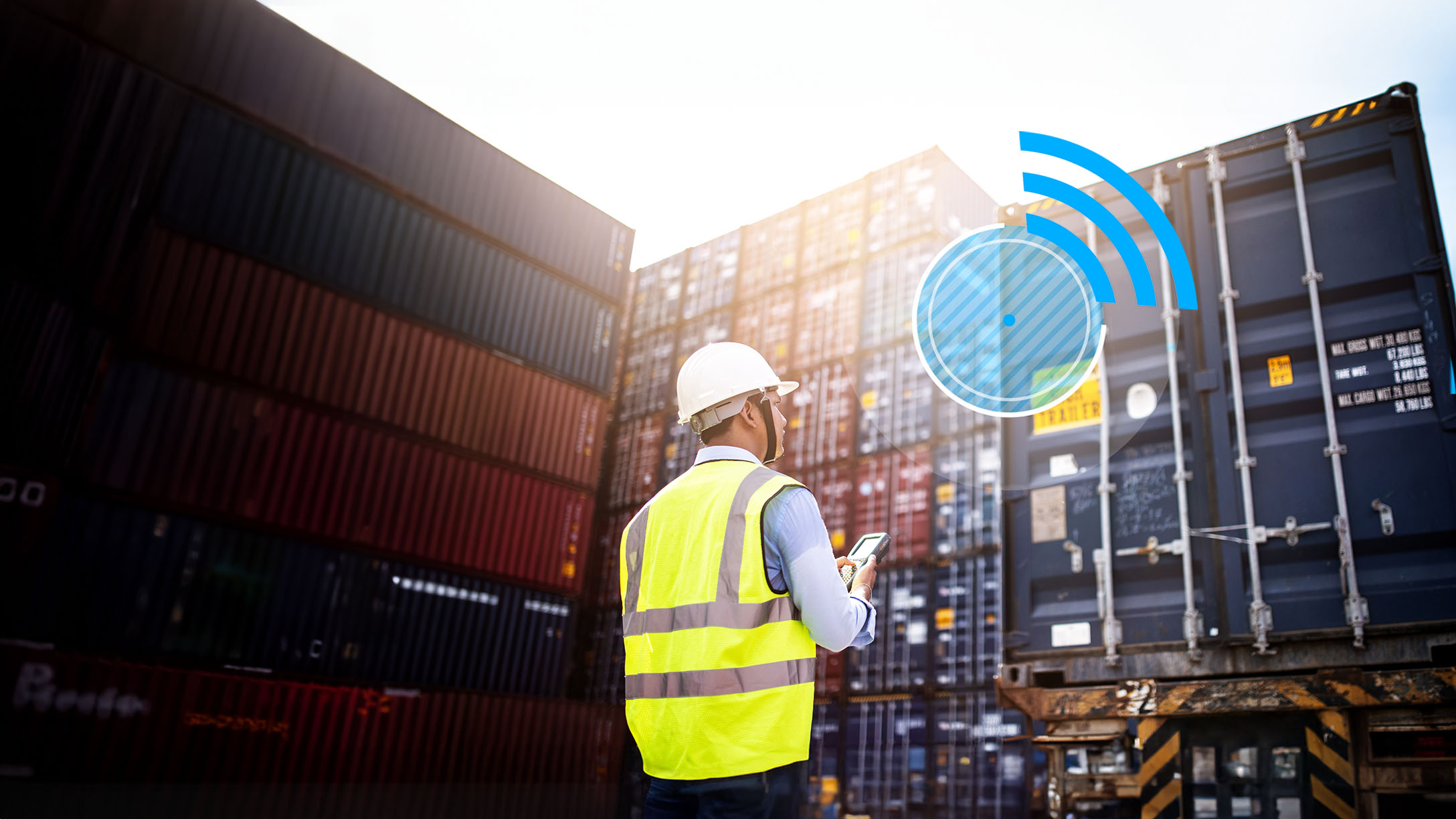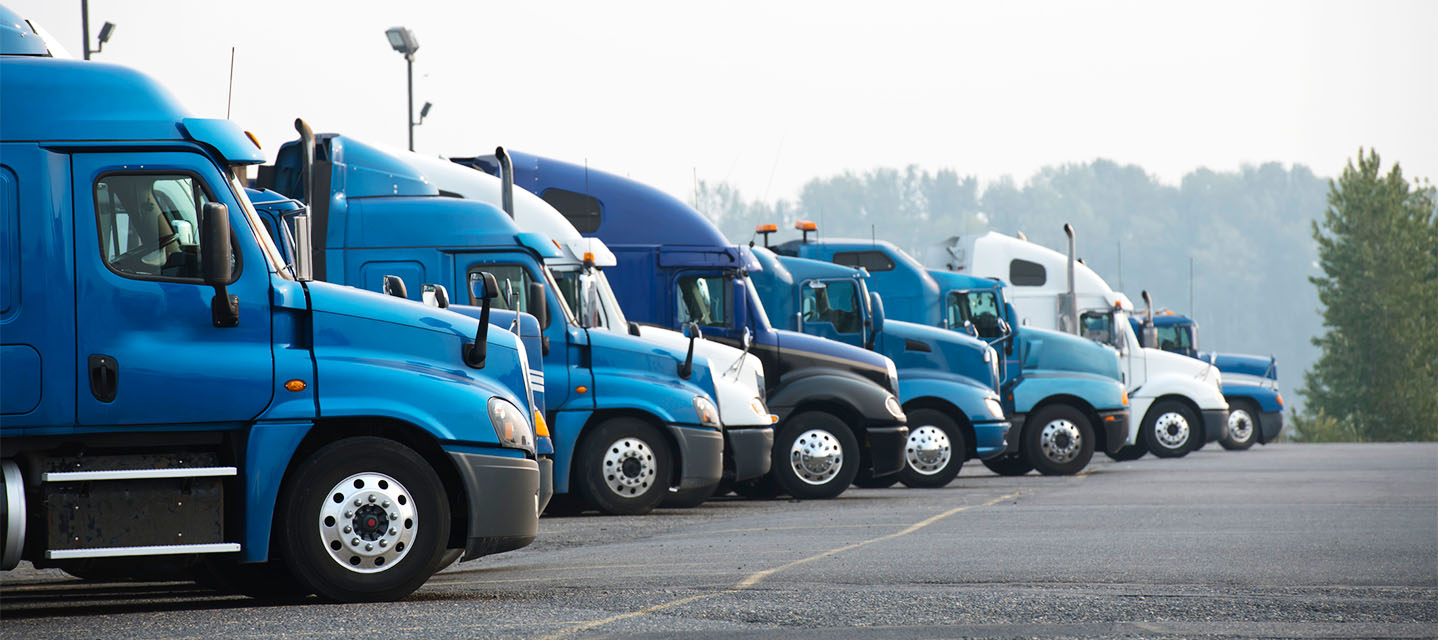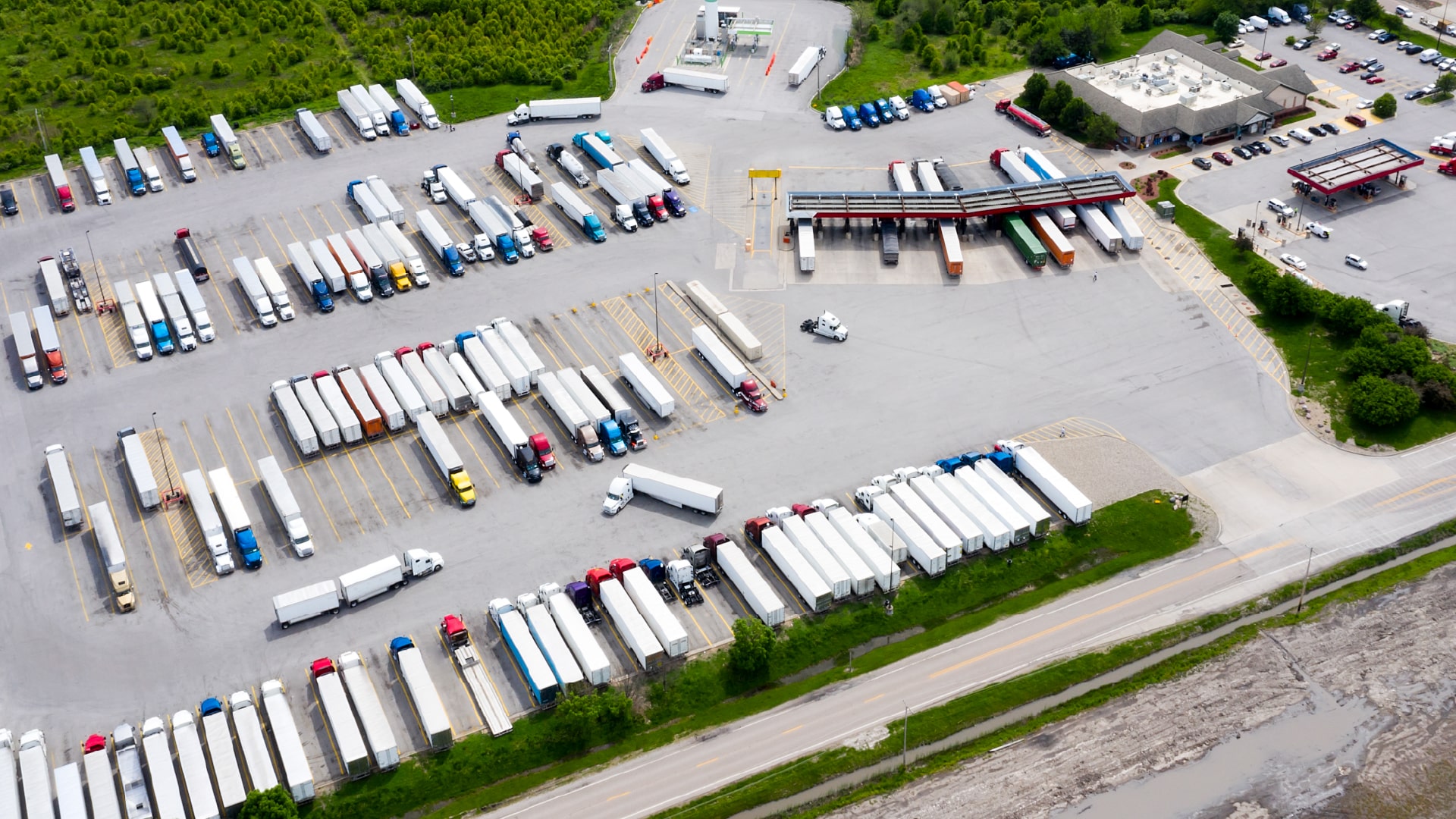How asset tracking drives risk management and lower insurance costs
Learn how asset trackers improve risk management and reduce insurance costs in transportation and logistics, featuring expert insights from Marsh, a leader in insurance and risk advice.


As the transportation and logistics industry adapts to new challenges in the wake of digital advancements and post-pandemic shifts, the swift adoption of technology is becoming increasingly important for staying ahead of the curve. Rising customer expectations and the need for more secure, controlled product delivery are prompting greater focus on sophisticated risk management tools and strategies. Asset tracking technology is leading the charge, offering substantial benefits for reducing operational risk, addressing the rise in theft, and improving insurance costs.
To better understand how technology is shaping risk management and insurance in the transportation and logistics industry, we spoke with experts from Marsh, a global leader in insurance brokerage and risk advice and a Geotab Partner. Matthew Yeshin, Managing Director at Marsh Canada, and Bill Kalbhenn, Vice President, National Transportation Consulting Leader, shared their perspectives on the current challenges and opportunities in the transportation and logistics industry, focusing on the important role asset tracking technology plays in mitigating risks and improving insurance processes.
Impact of theft
Theft and loss in the industry not only impose an immediate financial burden but also lead to broader operational implications. In the US and Canada in 2022, the total cost of stolen cargo was estimated to be US$223 million — a value we can only expect to increase as cargo theft remains at unprecedented levels. While this figure represents a relatively small percentage of the billions of dollars’ worth of goods shipped annually across the continent, it carries significant weight in the context of insurance and risk management.
Yeshin sheds light on the disproportionate impact of these thefts, noting, “Although the value of stolen goods might represent a small percentage of total goods in transit, each instance of theft can be devastating for the affected companies. It goes beyond the immediate value of the stolen goods. There are ripple effects on the supply chain, business interruption, and reputational risks.” These disruptions affect the operational efficiency and reliability of businesses, damaging the reputation of both the owners of the goods and the transportation companies responsible for their safe delivery.
Yeshin adds that while stolen vehicles often reappear, the primary target and concern is the cargo, which holds greater value. This results in significant insurance claims and operational disruptions. The recovery process typically requires extensive coordination with law enforcement and additional complexities, which can further complicate the claims process. These may include managing non-physical damage losses, such as loss claims resulting from broken seals on recovered trailers where the cargo itself does not appear to be damaged.
Kalbhenn notes a wide variety in the types of goods commonly targeted by thieves, ranging from food and beverage to household electronics. The diversity in targeted goods shows the broad scope of the threat and the need for comprehensive risk management strategies.
The pattern of thefts, as Kalbhenn points out, varies across regions, with certain hotspots in the US and Mexico being particularly vulnerable. The regional disparity in theft occurrences requires tailored risk management strategies and heightened asset protection measures in these specific areas. It emphasizes the need for adaptable approaches to safeguarding goods across diverse geographic regions, each with its unique set of challenges and risks.
Economic impact and risk factors
Economic factors play a role in influencing theft. Both Yeshin and Kalbhenn note that shifts in the economy, particularly during challenging times like the COVID-19 pandemic, have led to an increase in thefts. Economic downturns and hardship, shifts in market demand, disruption of traditional criminal activities, and increased opportunities for crime due to reduced security measures all contribute to this rise. More concerning, is this increase is often accompanied by a rise in violent theft, reflecting the opportunistic nature of these crimes and the need for robust risk management strategies.
Evolution and impact of asset trackers in insurance and risk management
Over time, asset trackers have evolved from basic location tools to integral components of risk assessment and management for fleet operators. Yeshin says, "Initially, asset trackers were almost exclusively associated with high-value cargo, but now every fleet needs to be tracking their assets and tracking the cargo to try and minimize theft." This change reflects a broader expectation within the industry that all fleets, regardless of the cargo they carry, should utilize this technology to mitigate risks.
The role of asset trackers on insurance premiums has also evolved alongside the technology. Yeshin explains, “At first, the high cost of asset tracking technology provided a leverage point for negotiating lower premiums. However, as the cost of asset trackers has decreased, their role in risk management has become standard.” Their effectiveness in reducing claims is now a key focus. "It's not just about having the trackers; it's about how they're used to actively reduce losses and manage claims.”
Effective asset tracking leads to direct savings through better pricing based on being a better risk. It also offers fleets more strategic risk management opportunities. Predictable loss profiles, enhanced by asset tracking, allow for measures like increased retentions (deductibles). Some insureds may see this change as a negative, but higher deductibles give fleet operators more control over their insurance costs, and generally result in lower premiums. This shift is not just technological, it represents a change in how companies approach risk management and insurance dealings.
Kalbhenn emphasizes the need for businesses, especially smaller fleets, to understand and effectively use these tools. "It’s more than just installing technology. It's about embedding it into your operational fabric and using it to make well-informed decisions and improving safety measures," he says.
Incorporating asset tracking in fleet operations heralds a new era of making smarter decisions, achieving greater operational clarity, and improving safety standards. Now that asset tracking is an industry norm, it plays a key role in influencing insurance premiums. By effectively controlling losses and managing claims, these technologies have altered how the insurance industry values their impact.
Avoiding theft
Asset trackers have greatly improved the ability to prevent theft while contributing to the accurate delivery of goods. They not only help protect against financial losses but also improve operational efficiency and reliability as the following examples illustrate.
Recovering stolen cargo quickly
Yeshin detailed an incident where asset tracking technology was instrumental in promptly locating pilfered cargo. “We've seen cases where the immediate response enabled by asset trackers led to the quick recovery of stolen goods. In one scenario, a driver deviated from the planned route, and the real-time alert system allowed the fleet operator to notify law enforcement quickly. This quick action resulted in recovering the vehicle and its cargo, averting financial loss and a potential insurance claim.”
Improving delivery accuracy
In another instance, Kalbhenn highlighted how asset tracking helped a Canadian fleet in handling various types of fuel, preventing costly mistakes like mixing up fuel deliveries. For accurate delivery, the company implemented geofencing at key collection points and service centers. "Deliveries happening in the dark of night increase the risk of mistakes,” Yeshin added. “The use of geofencing and [other] technology to help ensure correct delivery addresses these challenges, offering a huge opportunity to improve service and reduce insurance claims arising from these types of errors.”
Reducing risks in high-theft areas
In regions where theft is high, asset trackers have proven effective in safeguarding assets and minimizing insurance claims. Kalbhenn shared an incident involving a truck in a major metropolitan area, equipped with geofencing technology, that veered off its designated route late at night. In this case, attempts to contact the driver yielded no response. The geofencing system immediately alerted the fleet operators that the truck was heading in an unexpected direction. The advantage of asset tracking in this scenario was the quick notification and precise location tracking. Despite the challenges of the time and location, the immediate alert allowed fleet operators to quickly engage with local law enforcement.
The future of asset tracking technology
The future of asset tracking in insurance, logistics, and transportation includes both potential risks and opportunities. Yeshin points out a pressing issue: the rise in cyber risks associated with the adoption of more sophisticated asset tracking systems.
As asset tracking technologies become more complex, so does their connectivity. While beneficial for efficiency and risk management, this interconnectedness also creates potential vulnerabilities that cybercriminals could exploit. The industry is challenged to enhance the capabilities of these tracking systems for better efficiency and risk management and fortifying them against potential cyber threats. Doing this involves tapping into the benefits of digital advancements in asset tracking while actively guarding against the vulnerabilities that come with increased digital integration.
Looking ahead, Yeshin anticipates a future where asset tracking and Internet of Things (IoT) technologies merge with other digital solutions, such as electronic bills of lading and smart contracts. This integration promises to streamline various aspects of commerce, from triggering payments and title transfers, to managing liabilities and optimizing claims processes. Utilizing data from asset tracking systems could lead to greater supply chain efficiency and transparency, reshaping how trade and commerce are conducted.
While the integration of advanced technologies aligns with efficiency and security, vigilance against cybercrime and adapting to new security standards remains key. Going forward, the focus will be on striking a balance between embracing innovation and maintaining risk management, so that these technological advancements bring tangible benefits for everyone in the sector.
Advancing risk protection with Marsh and Geotab
Marsh and Geotab are at the forefront of reshaping risk management in transportation and logistics. Our collaboration combines Marsh's expertise in insurance and risk with Geotab's advanced asset tracking technology to provide comprehensive insurance solutions covering the entire supply chain.
To learn more about Geotab Go Anywhere Asset Tracker visit our product page.
For details about Marsh's specialized cargo and logistics insurance services, visit the Marsh Cargo and Logistics page.
Subscribe to get industry tips and insights
Table of Contents
Subscribe to get industry tips and insights
Related posts

The impact of unproductive idling on police vehicle service life
June 10, 2025
3 minute read

Multi-stop route planners: A fleet manager's guide + best tools in 2025
June 5, 2025
5 minute read

Commercial truck insurance cost: Rates by state + how to save
June 5, 2025
5 minute read

The ROI of telematics for truck lessors: Turn data into profit
May 27, 2025
3 minute read

